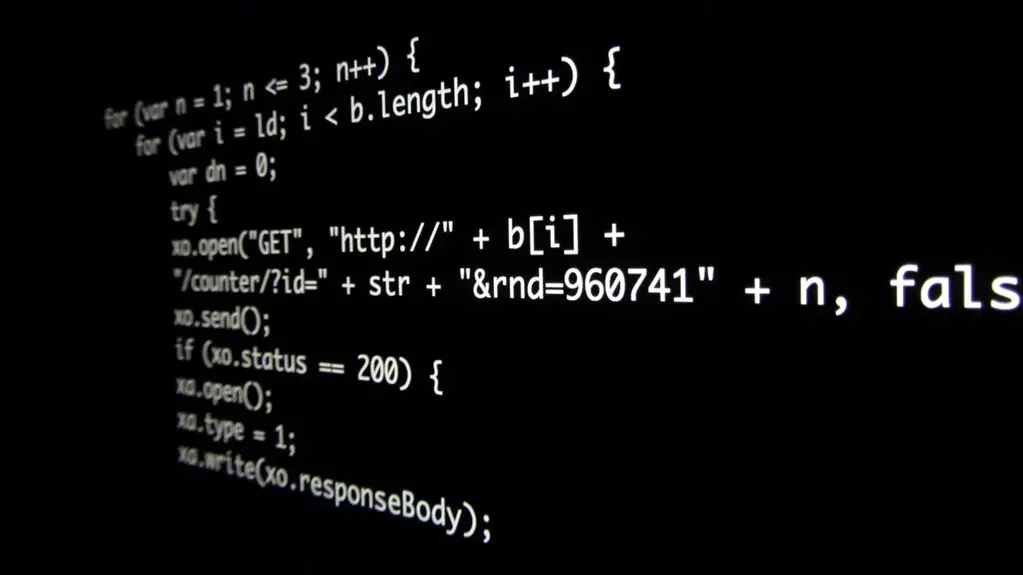How to Add JavaScript to an HTML Document
Adding JavaScript to an HTML document is a simple process. First, create a script element in the HTML document and give it a type attribute with the value “text/javascript”. Then, place the JavaScript code inside of the script element. The code can either be written directly within the script tags or linked to an external file using the src attribute. Finally, save and refresh your HTML page to see your JavaScript in action.
How to Create a Basic JavaScript Function in HTML
Creating a basic JavaScript function in HTML is a relatively straightforward process. To begin, open an HTML document and add the following code:
function myFunction() {
// code to be executed
}
This will create a function called “myFunction”. The code between the curly brackets will be executed when the function is called. To call the function, add the following line of code anywhere within your HTML document:
<button>Click me</button>
This will create a button that, when clicked, calls and executes your “myFunction” JavaScript code.
How to Use Variables and Operators in JavaScript for HTML Pages
Variables and operators are essential components of JavaScript programming. Variables are used to store data, while operators are used to manipulate that data. When writing JavaScript for HTML pages, variables and operators can be used to create dynamic content that is tailored to the user’s needs.
To use variables in JavaScript for HTML pages, you must first declare them using the “var” keyword followed by a name for the variable. For example:
var myVariable = “Hello World!”;
This creates a variable called “myVariable” with a value of “Hello World!” Once declared, this variable can be referenced throughout your code by simply typing its name.
Operators are symbols or words that perform operations on one or more operands (variables). Commonly used operators include arithmetic (+,-,*,/), comparison (>, 10) {
if (x > 10) { document.write("You have entered a number greater than 10!"); } else { document.write("You have entered a number less than 10!"); }
In this code snippet, an if-else statement is being used with an operator (>) and two variables (x and 10). Depending on what value is stored in x when this code runs, different output will be displayed on the page – either “You have entered a number greater than 10!” or “You have entered a number less than 10!”.
Using variables and operators together allows developers to create powerful web applications that respond dynamically based on user input or other conditions within their environment.
How to Use Conditional Statements and Loops in JavaScript for HTML Pages
Conditional statements and loops are essential components of programming in JavaScript for HTML pages. Conditional statements allow a program to make decisions based on certain conditions, while loops enable a program to repeat an action until a certain condition is met.
To use conditional statements in JavaScript, the if-else statement is typically used. This statement allows the programmer to specify one or more conditions that must be met before executing a block of code. For example, if the user enters an invalid value into an input field, then the code can check for this condition and display an error message accordingly:
if (inputValue == "") {
alert("Please enter a valid value");
} else {
// continue with normal processing...
}
Loops are used when you need to execute a block of code multiple times until some condition is met. The most commonly used loop in JavaScript is the for loop which allows you to iterate over arrays or objects and execute code each time it encounters an element within them:
for (let i = 0; i < array.length; i++) {
console.log(array[i]); // log each element in array
}
Another type of loop that can be used is the while loop which will execute its block of code as long as its condition remains true:
let count = 0; while (count < 10) { console.log(count); count++; }

